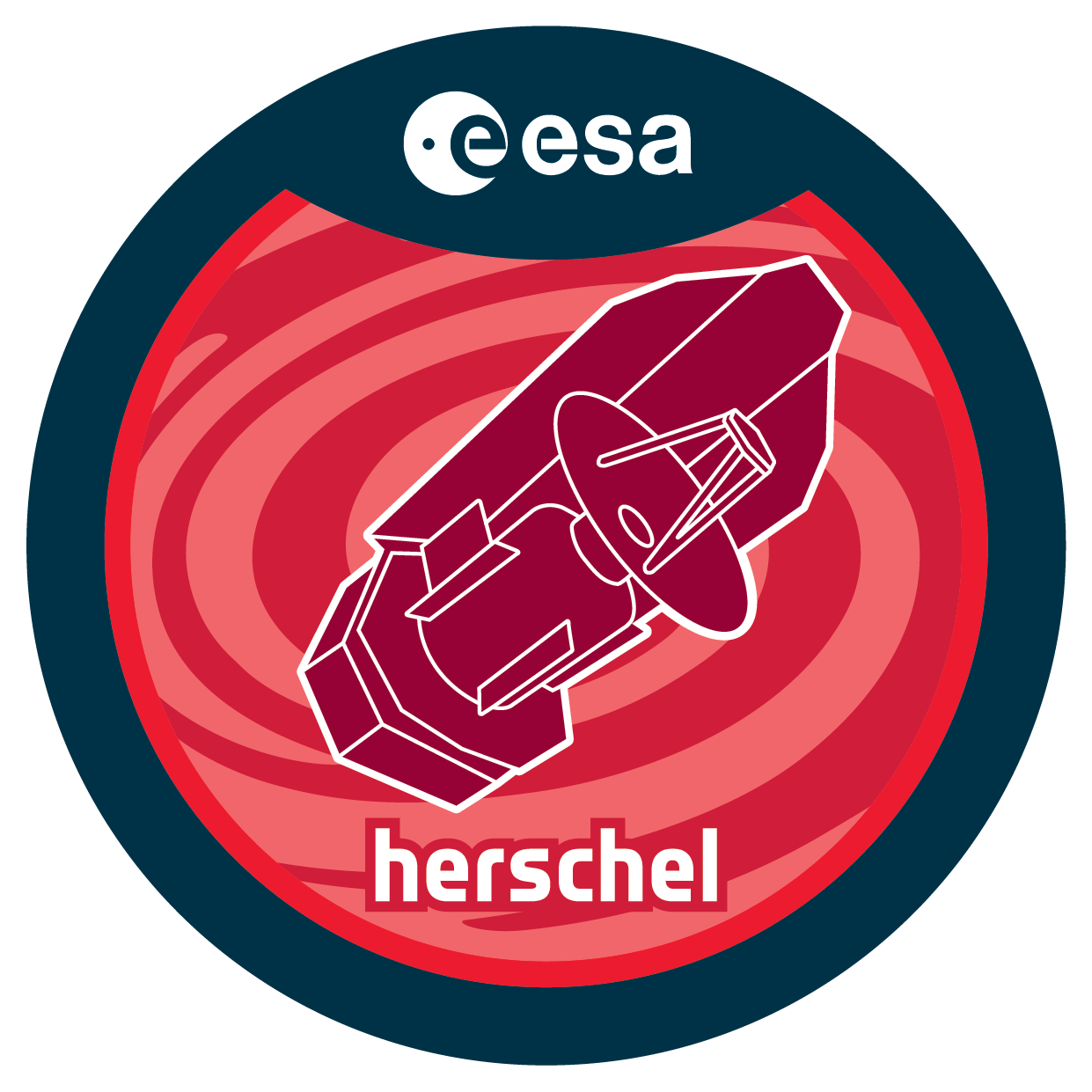

| Name | OT2_rsahai_6 |
| Title | Probing the molecular disk in Y Gem: an AGB star with variable UV emission signifying accretion onto a binary companion |
| URL | http://archives.esac.esa.int/hsa/whsa-tap-server/data?retrieval_type=OBSERVATION&observation_id=1342251241&instrument_name=HIFI&product_level=LEVEL0&compress=true |
| DOI | https://doi.org/10.5270/esa-ebt3cs7 |
| Author | sahai, r. |
| Description | We propose to observe CO J=6-5 and 9-8 line emission from a cool AGBstar, Y Gem, which, in dramatic contrast to most objects in its class,has relatively strong and variable FUV and NUV fluxes - evidence ofvariable accretion of matter onto an accretion disk in a binary system.We found Y Gem as a UV source serendipitously, while combing the GALEXarchive as part of a project to look for hot binary companions to coolAGB stars. This object may represent the earliest phases of an AGB starwith a growing accretion disk which will produce collimated jets thatare widely believed to sculpt the round circumstellar envelopes of AGBstars into bipolar planetary nebulae. It may evolve into a member ofthe class of post-AGB objects which show no extended outflows, but onlycircumbinary disks. HIFI observations of high-J CO lines are needed to probe the warmest andinnermost circumstellar regions where the hypothesized accretion diskresides and jet launching may occur. Furthermore, the proposed COobservations, together with our existing CO J=2-1 data, will allow usto accurately constrain the CO excitation temperature, and the opticaldepths of the CO lines and thus the total mass of the emitting region.The disk or torus mass will provide an important constraint on itsformation process (e.g., common envelope evolution or Bondi-Hoylewind-accretion/ Roche lobe overflow.) |
| Publication | |
| Instrument | HIFI_HifiPoint_dbs |
| Temporal Coverage | 2012-09-20T19:40:36Z/2013-03-23T10:43:10Z |
| Version | SPG v14.1.0 |
| Mission Description | Herschel was launched on 14 May 2009! It is the fourth cornerstone mission in the ESA science programme. With a 3.5 m Cassegrain telescope it is the largest space telescope ever launched. It is performing photometry and spectroscopy in approximately the 55-671 µm range, bridging the gap between earlier infrared space missions and groundbased facilities. |
| Creator Contact | https://support.cosmos.esa.int/h®erschel/ |
| Date Published | 2013-09-23T09:06:18Z |
| Last Update | 2025-01-24 |
| Keywords | Herschel, HSC, submillimetre, far-infrared, HIFI, PACS, SPIRE |
| Publisher And Registrant | European Space Agency |
| Credit Guidelines | European Space Agency, sahai et al., 2013, 'Probing the molecular disk in Y Gem: an AGB star with variable UV emission signifying accretion onto a binary companion', SPG v14.1.0, European Space Agency, https://doi.org/10.5270/esa-ebt3cs7 |